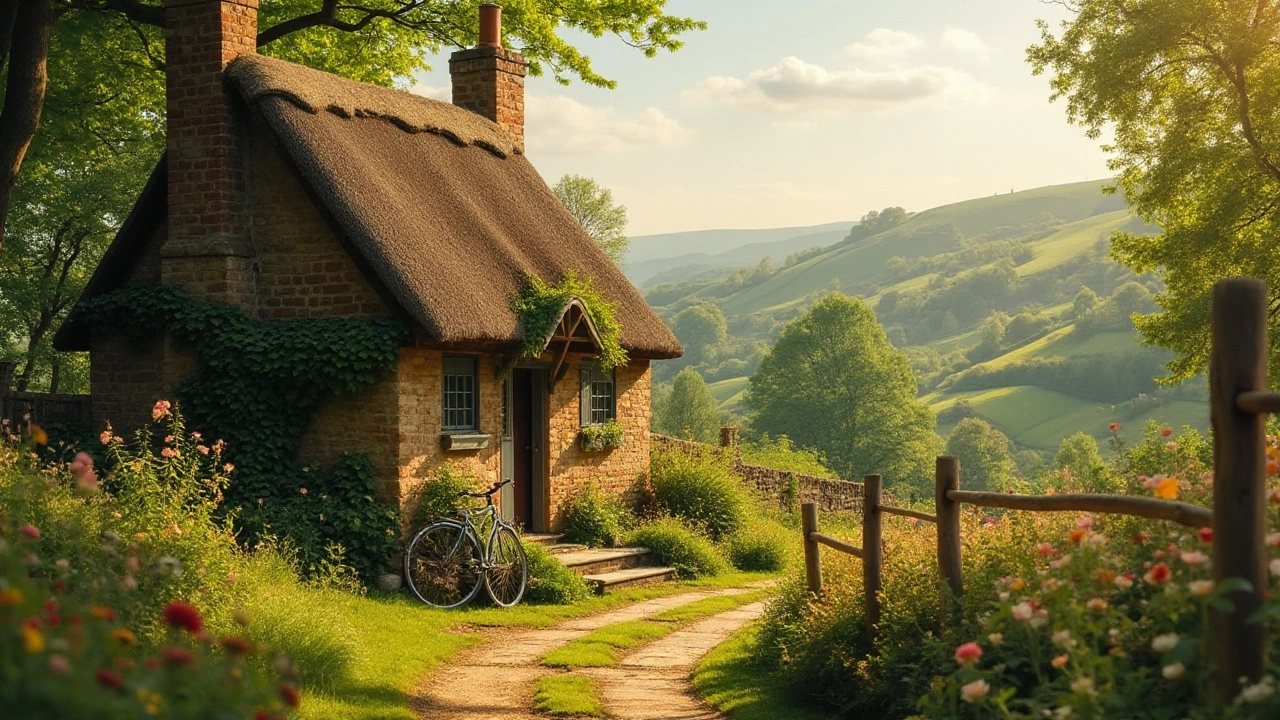Cottage Floors: Practical Tips and Ideas
Thinking about the floor beneath your feet? In a cottage, the right floor does more than look good – it shapes the whole vibe. Whether you love the squeak of old timber or crave a low‑maintenance surface, the choices are doable and won’t break the bank.
Choosing the Right Flooring for Your Cottage
First, ask yourself what you need daily. Do you host big family meals? Do you have pets that love to dash? Here are the most common options:
Solid wood gives that classic, warm feel. It ages nicely and can be sanded down a few times. Oak, pine and ash are popular in UK cottages because they match historic interiors.
Engineered timber looks like solid wood but is more stable in damp climates. It’s a smart pick if your cottage sits near the coast or in a rainy area.
Stone or slate works great in stone cottages or homes with a rustic edge. It’s hard, cool underfoot in summer, and easy to sweep.
Vinyl or luxury vinyl tiles (LVT) mimic wood or stone without the upkeep. Modern LVT is waterproof and can handle spills from cooking or pets.
Don’t forget the underlay. A good moisture barrier protects older joists and keeps the floor level for years. You can often lay the underlay yourself; it’s a simple roll‑out job before the top layer.
Maintaining and Refreshing Your Cottage Floors
Once the floor is in place, a little routine goes a long way. Sweep or vacuum with a soft brush weekly – dust and grit are the main enemies of wood. For spills, wipe them up right away; standing water can warp wood and damage stone.
For wood floors, a light coat of oil or wax every six months restores shine and adds protection. Use a product made for the specific wood type; pine likes a different finish than oak.
If you notice scratches, a simple sand‑and‑recoat can bring back that fresh look. Many DIY stores sell small sanding blocks that let you target a single spot without ripping up the whole room.
Stone floors love a quick mop with a neutral pH cleaner. Avoid harsh acids – they can etch the surface. A dry mop or microfiber cloth after cleaning prevents water marks.
Vinyl floors need barely any care – just a damp mop and a non‑abrasive cleaner. Avoid abrasive pads; they can lift the surface texture.
Lastly, protect high‑traffic areas with rugs or runners. It’s an easy style upgrade and spares the floor from wear. Choose low‑pile rugs that won’t trap dust.
With the right material and a bit of routine, cottage floors stay beautiful for decades. Pick what fits your lifestyle, set up a simple maintenance plan, and enjoy the cozy feel under every step.
Understanding Cottage Floors: How Many Levels Do They Typically Have?
Cottages, often known for their cozy and quaint design, typically feature one or two floors. While single-story cottages provide a traditional look, adding a second story can offer stunning views and additional space. Many factors like regional architecture, personal preferences, and functionality influence the decision on the number of floors. Discover insights into how the number of floors affects a cottage's charm and practicality.
